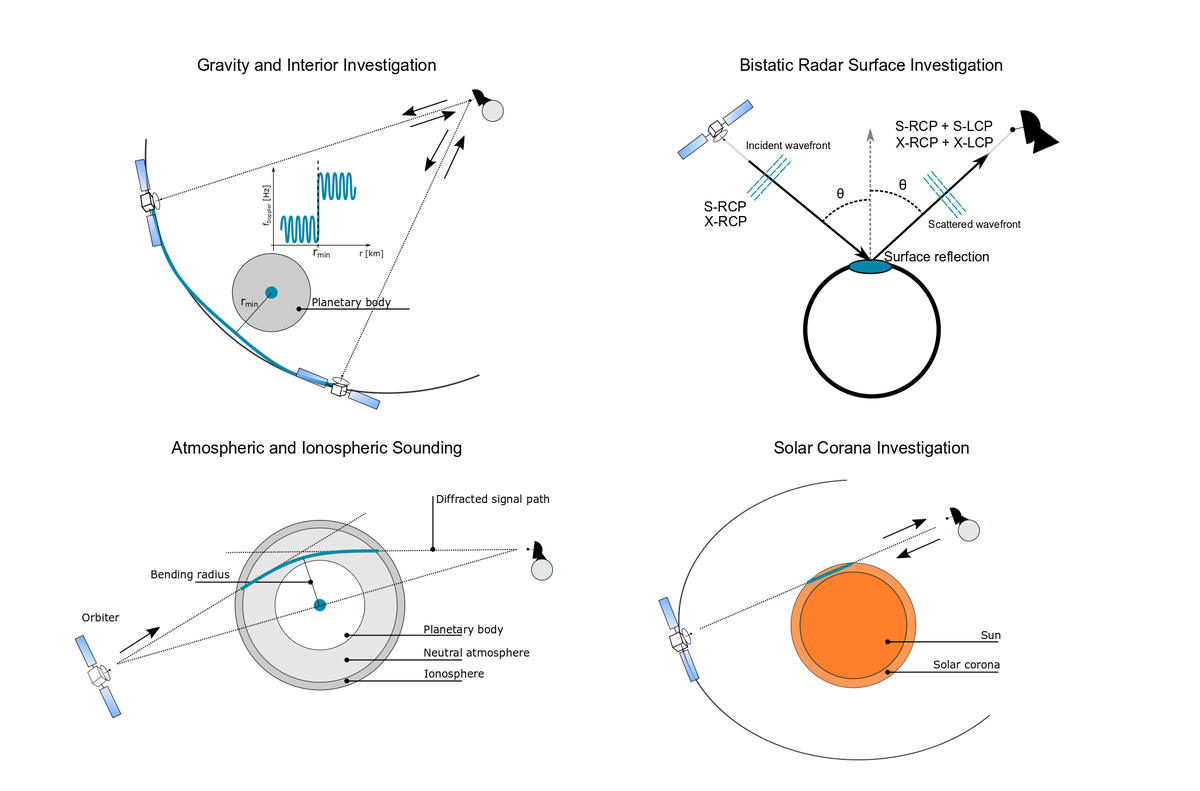Mars Express: Europe's first to Mars
Mars Express, ESA's first spacecraft to visit another planet launched in 2003 leading for the red planet Mars. The mission has produced a range of significant results in its search for answers to fundamental questions about the geology, atmosphere, surface environment, history of water, and potential for life on Mars. The spacecraft was built on previous work by borrowing technology from the Mars 96 mission (which had failed to reach Earth orbit) and from ESA's Rosetta mission (which accompanied comet 67P/Churyumov-Gerasimenko in its orbit around the Sun). After 15 years of operation, Mars Express continues to pave the way for future exploration as a part of a communications infrastructure for other missions.
The Mars Radio-Science experiment (MaRS) aboard Mars Express
MaRS uses the radio signals that convey data and instructions between the spacecraft and antenna on Earth to probe the planet's ionosphere, atmosphere, surface and even the interior.
Atmospheric sounding
When the spacecraft disappears behind Mars or appears from behind the planet as seen from Earth (radio-occultation) the radio signal is modulated by the atmosphere. Resulting changes in frequency and power of the radio signal are used to derive the structure of the neutral atmosphere and ionosphere.
Planetary interiors from measured gravitational potentials
Information on the interior of Mars and its moon Phobos is gleaned from the planet's gravity field, which is calculated from the changes in the velocity of the spacecraft relative to Earth.
Study of planetary surfaces from orbital bistatic observations
The surface roughness and dielectric properties of the surface are deduced from the way in which the radio waves are scattered from the martian surface towards a deep space station on Earth.
Solar corona investigation
Radar probing of the solar corona allows direct measurements of the inner solar wind.
Radio Science Experiment Modes

Project Framework
| Funded by: | German Aerospace Centre (DLR) |
| Cooperation: | Universität zu Köln, University of Stanford, University of the French Polynesia, NASA/JPL |
| Duration: | June 2019 - December 2020 |

